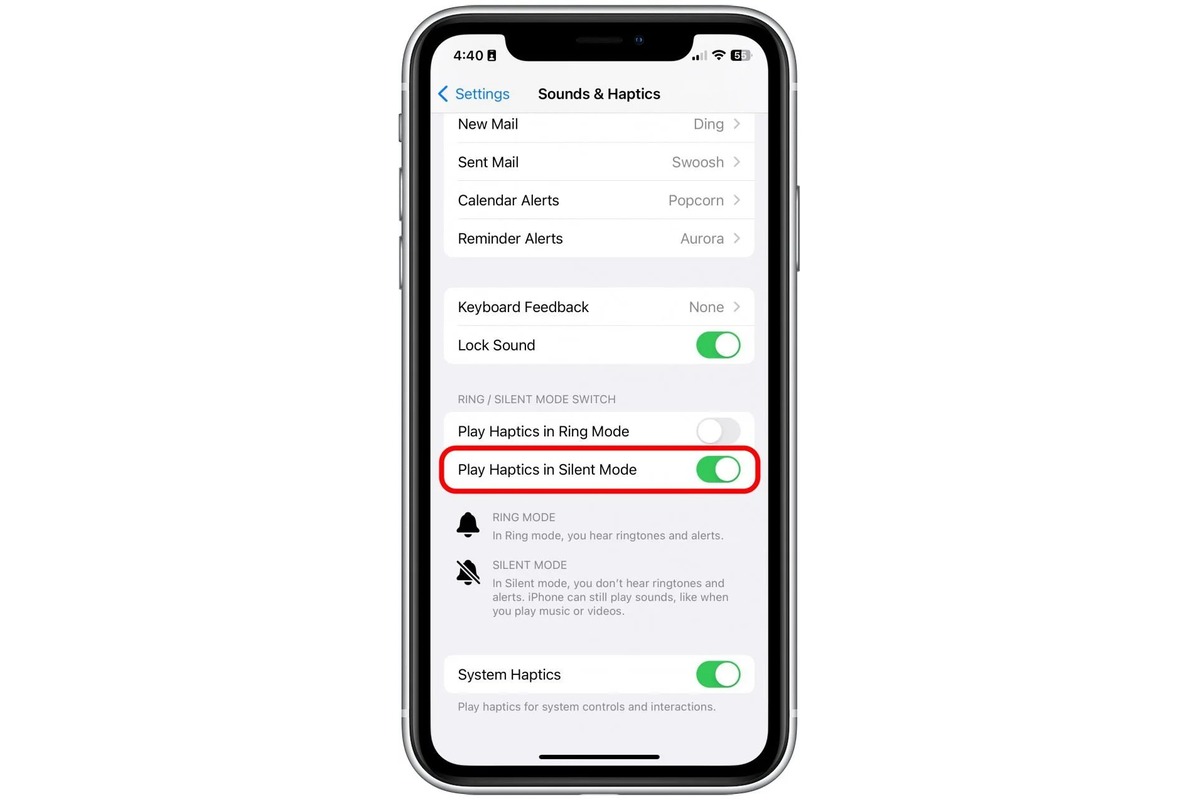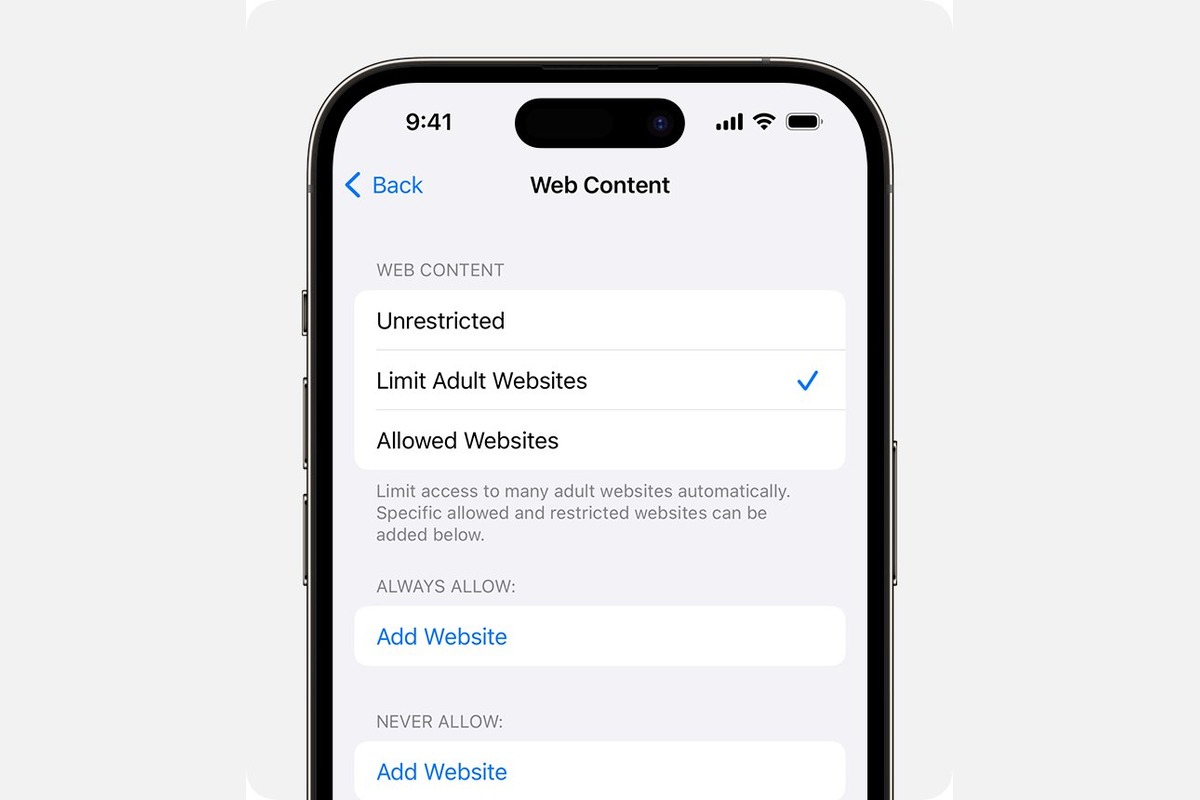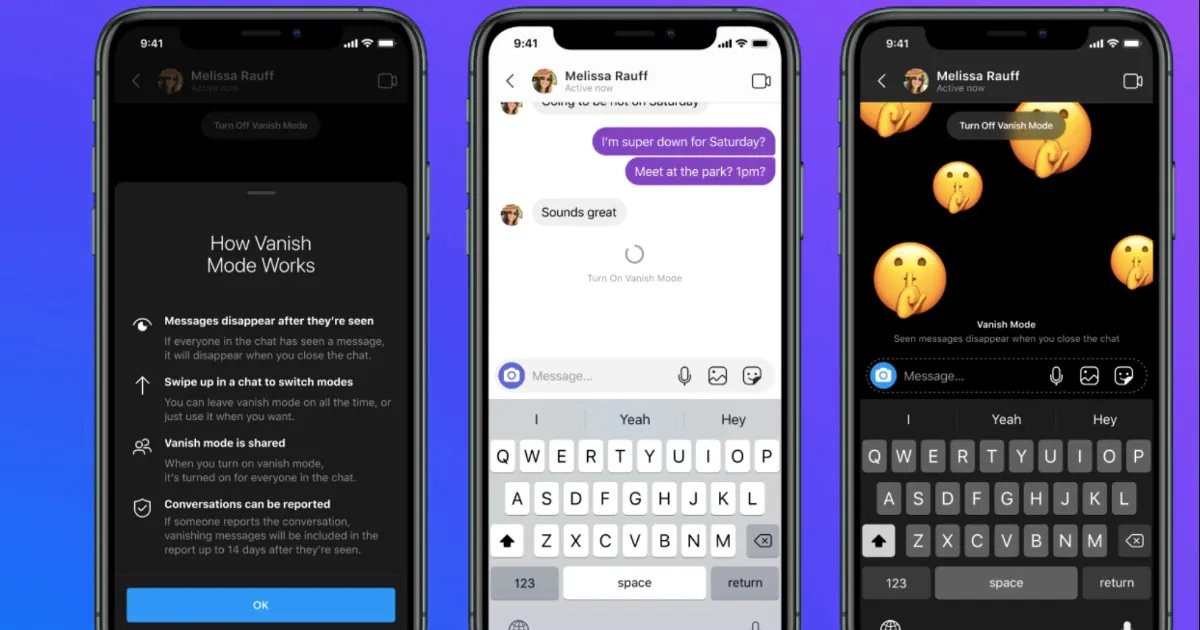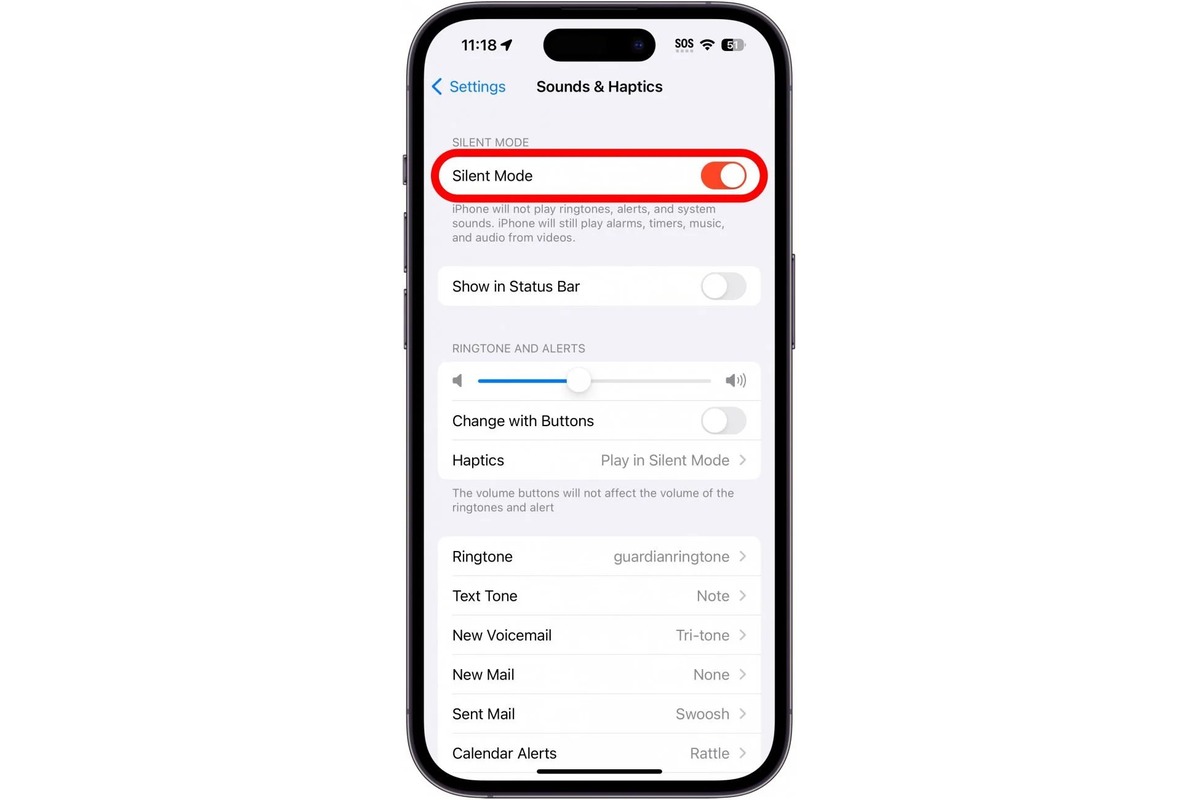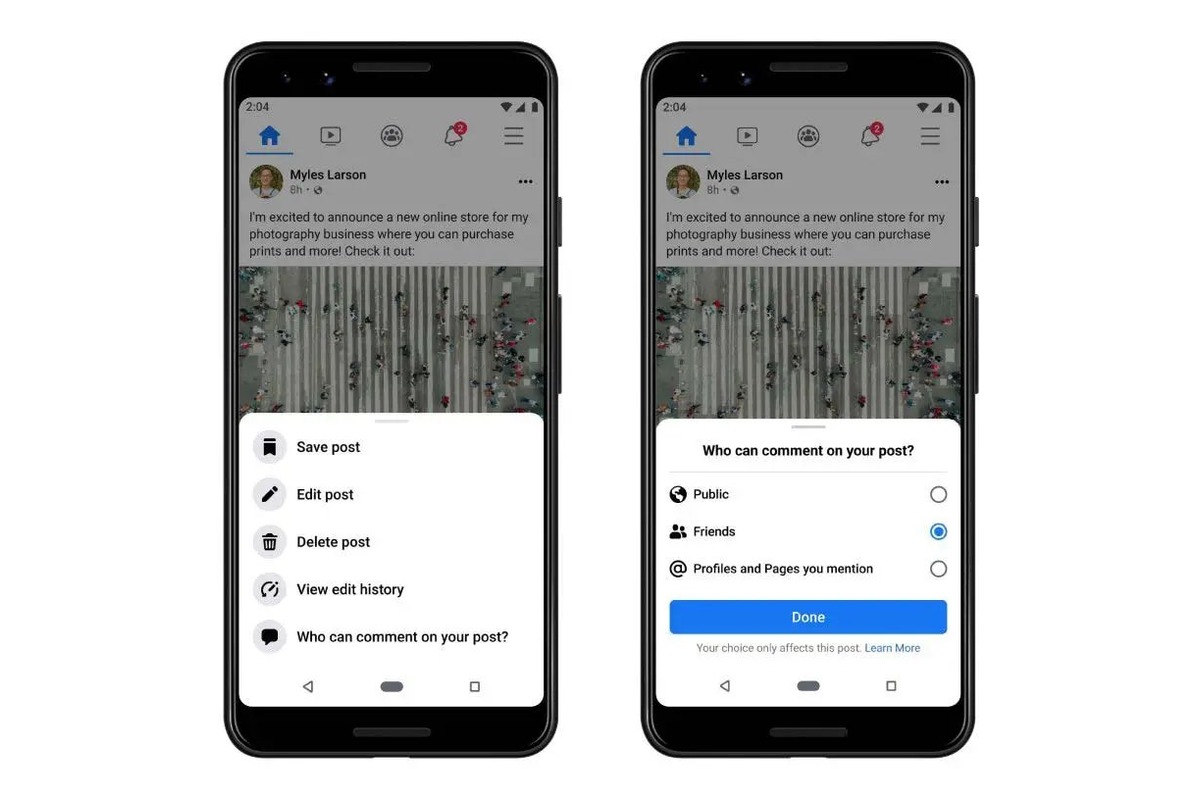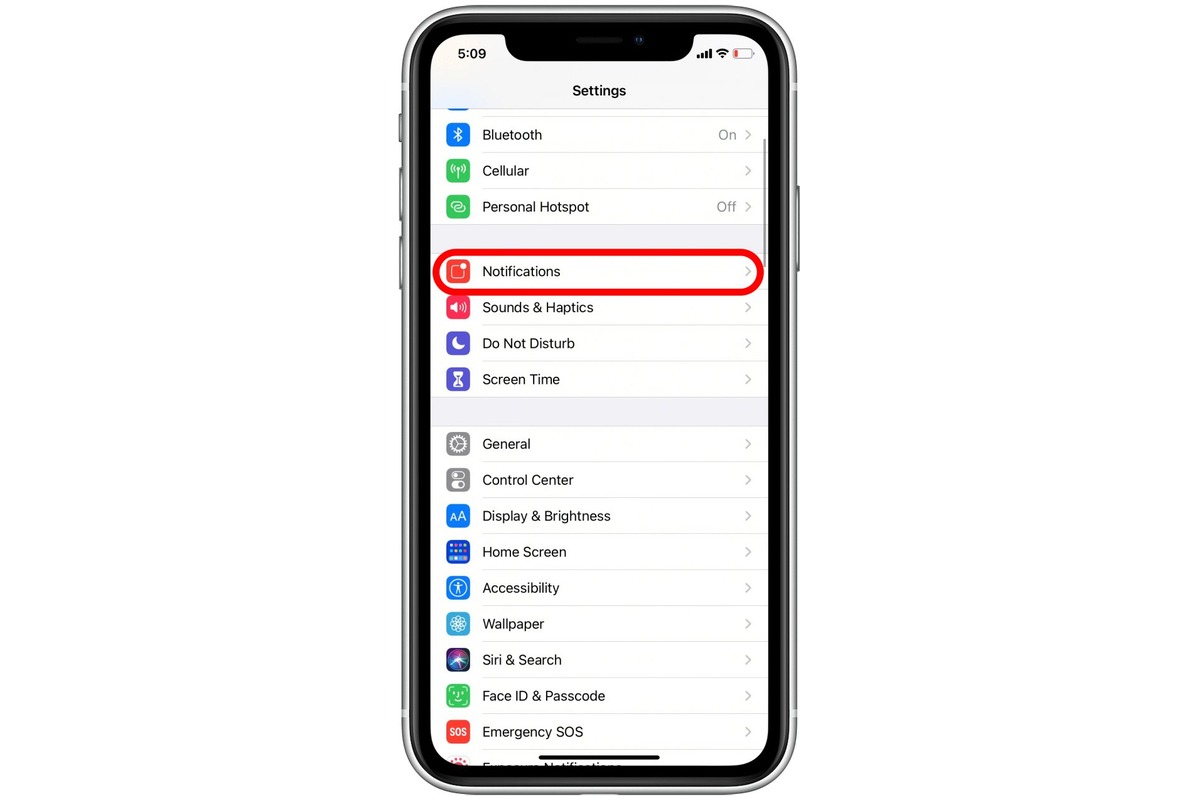Home>Technology and Computers>How To Turn Off Two Factor Authentication
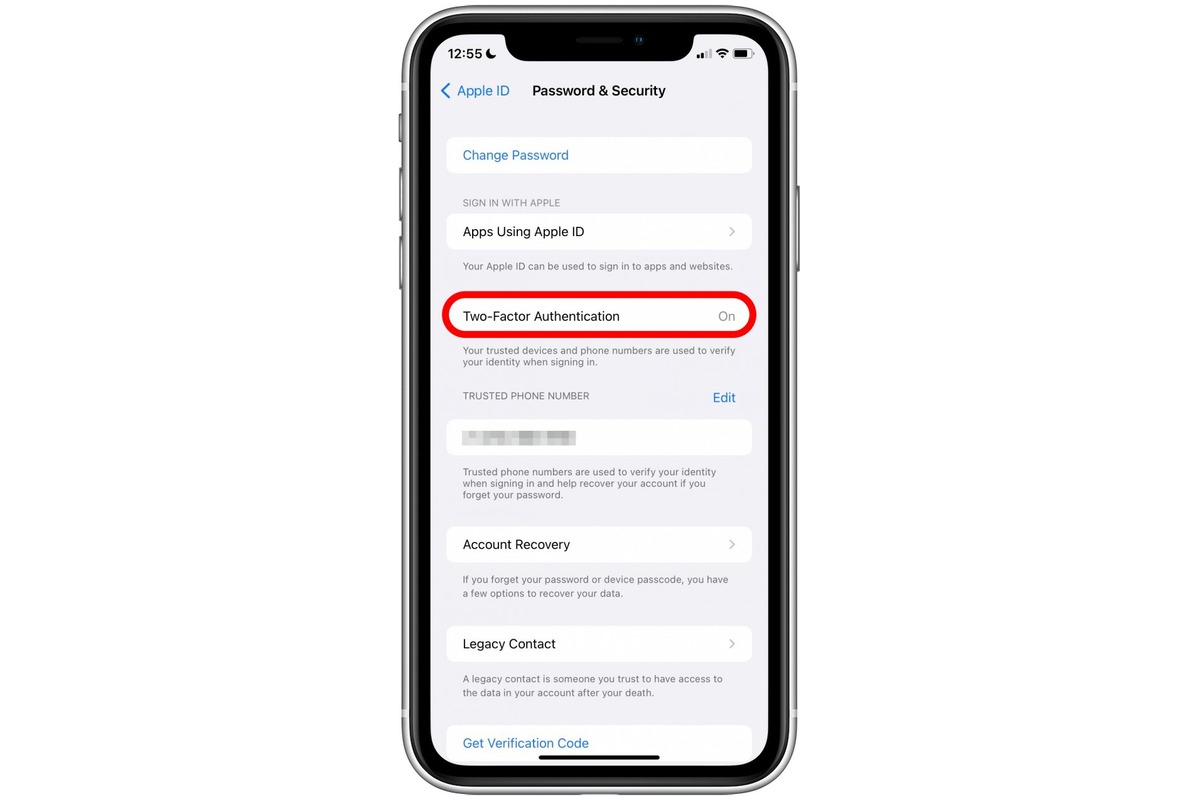

Technology and Computers
How To Turn Off Two Factor Authentication
Published: March 2, 2024
Learn how to disable two-factor authentication for your technology and computer accounts. Follow these steps to turn off 2FA and manage your security settings effectively.
(Many of the links in this article redirect to a specific reviewed product. Your purchase of these products through affiliate links helps to generate commission for Noodls.com, at no extra cost. Learn more)
Table of Contents
Introduction
In today's digital age, where online security is of paramount importance, two-factor authentication (2FA) has emerged as a crucial safeguard for protecting sensitive information. This additional layer of security goes beyond the traditional username and password combination, requiring users to provide a second form of verification, such as a unique code sent to their mobile device or email, before gaining access to their accounts.
While 2FA significantly enhances the security of online accounts, there are instances when users may need to turn it off temporarily or permanently. Whether it's due to the inconvenience of receiving frequent authentication prompts or the desire to streamline the login process, understanding how to disable 2FA is valuable knowledge for individuals seeking greater control over their account security settings.
In this comprehensive guide, we will delve into the intricacies of 2FA, explore the reasons for turning it off, and provide step-by-step instructions on how to disable this security feature across various platforms and services. By the end of this article, you will be equipped with the knowledge and confidence to manage your 2FA settings effectively, ensuring a seamless and secure online experience.
Understanding Two Factor Authentication
Two-factor authentication (2FA) is a robust security measure designed to fortify the protection of online accounts and sensitive information. It adds an extra layer of defense beyond the traditional username and password combination, significantly reducing the risk of unauthorized access and potential data breaches. The fundamental principle of 2FA revolves around the concept of "something you know" (password) and "something you have" (a physical device or access to a specific communication channel).
The first factor, typically the password, serves as the initial authentication step, confirming the user's identity based on their knowledge of a specific piece of information. However, relying solely on passwords can leave accounts vulnerable to hacking attempts, especially with the prevalence of phishing scams and data breaches. This is where the second factor comes into play, introducing an additional authentication method to verify the user's identity.
The second factor can take various forms, including a unique code sent to the user's mobile device via SMS or generated by an authenticator app, a biometric identifier such as fingerprint or facial recognition, or a physical security key. By requiring this secondary form of verification, 2FA acts as a formidable barrier against unauthorized access, even if the password is compromised.
The implementation of 2FA has become increasingly prevalent across a wide spectrum of online platforms and services, ranging from email and social media accounts to banking and e-commerce websites. Its widespread adoption underscores the critical role it plays in safeguarding sensitive personal and financial data from cyber threats.
Furthermore, 2FA not only bolsters the security of individual user accounts but also contributes to a collective defense against large-scale security breaches. By mitigating the risk of unauthorized access, 2FA helps uphold the integrity of online ecosystems, fostering a safer digital environment for users and organizations alike.
In essence, understanding the significance of two-factor authentication empowers individuals to make informed decisions about their online security measures. By recognizing the pivotal role of 2FA in fortifying account protection and thwarting unauthorized access attempts, users can navigate the digital landscape with heightened confidence and resilience against evolving cyber threats.
Reasons for Turning Off Two Factor Authentication
While two-factor authentication (2FA) is widely recognized for its ability to enhance account security, there are valid reasons why individuals may consider turning off this additional layer of protection. Understanding these reasons is essential for users to make informed decisions about managing their online security settings effectively.
-
User Convenience: One of the primary reasons for disabling 2FA is the convenience factor. While 2FA significantly strengthens account security, some users may find the additional authentication steps cumbersome, particularly when accessing their accounts multiple times throughout the day. The need to retrieve and enter a secondary verification code or use a physical security key can introduce friction into the login process, leading to user frustration and potential resistance to the security measure.
-
Device Limitations: In certain scenarios, users may encounter limitations with the devices or communication channels used for 2FA. For instance, if a user's primary mobile device is lost, damaged, or inaccessible, they may face challenges in receiving the secondary authentication code via SMS or authenticator app. Similarly, individuals who rely on hardware security keys may encounter compatibility issues with certain devices or platforms, prompting them to consider temporarily turning off 2FA for practical reasons.
-
Emergency Access: Another compelling reason for disabling 2FA is the need for emergency access to accounts in unforeseen circumstances. For instance, if a user loses access to their primary authentication device while traveling or encounters technical issues with the secondary verification method, the inability to bypass 2FA can lead to critical account lockout situations. In such cases, having the flexibility to temporarily disable 2FA can be crucial for regaining access to essential online services.
-
User Experience: While 2FA significantly strengthens account security, it can also impact the overall user experience, especially for individuals with accessibility challenges or limited technological proficiency. Complex authentication processes, such as biometric verification or multi-step authentication, may pose usability challenges for certain users, prompting them to explore the option of turning off 2FA to streamline their account access without compromising security.
-
Risk Assessment: In some instances, users may opt to disable 2FA after conducting a comprehensive risk assessment of their online activities and the sensitivity of the information stored in their accounts. While 2FA offers robust protection, individuals may determine that the nature of their online interactions and the types of data stored in their accounts do not warrant the additional layer of authentication, leading them to disable 2FA based on their risk tolerance and security preferences.
Understanding these reasons for turning off two-factor authentication empowers users to evaluate the trade-offs between security and convenience, enabling them to make informed decisions aligned with their individual needs and circumstances. It is important to note that while disabling 2FA may address specific challenges or preferences, users should carefully weigh the potential security implications and consider alternative security measures to mitigate risks effectively.
How to Turn Off Two Factor Authentication
Disabling two-factor authentication (2FA) requires careful consideration and adherence to specific procedures to ensure the security of your accounts. While turning off 2FA may address certain challenges or preferences, it is crucial to approach this process with caution and awareness of the potential implications for your account security.
Platform-Specific Instructions
Social Media and Online Services
-
Facebook: To disable 2FA on Facebook, navigate to the "Security and Login" section in your account settings. Locate the "Two-Factor Authentication" tab and select "Edit." From there, you can choose to turn off 2FA or adjust your authentication methods.
-
Twitter: Access your account settings and select "Security and account access." Under "Security," you can manage your two-factor authentication settings and choose to disable it if needed.
-
Google: For Google accounts, visit the "Security" section in your account settings. Select "2-Step Verification" and follow the prompts to manage your 2FA settings, including the option to turn it off.
Email Services
-
Gmail: In your Gmail account settings, navigate to the "Security" tab. Under "Signing in to Google," you can manage your 2FA settings and disable it by following the provided instructions.
-
Outlook/Hotmail: Access the security settings of your Outlook or Hotmail account and locate the 2FA or two-step verification options. From there, you can disable 2FA based on the platform's specific procedures.
Financial and E-commerce Platforms
-
Banking Apps: If you have enabled 2FA for your banking apps, it is essential to follow the specific instructions provided by your financial institution to disable this security feature. This often involves contacting customer support or accessing dedicated security settings within the app.
-
E-commerce Websites: Platforms such as Amazon, eBay, and PayPal offer 2FA options for account security. To turn off 2FA, access the security or privacy settings within your account and follow the platform-specific procedures for managing two-factor authentication.
Read more: How To Turn Off Airbag Light
Considerations Before Disabling 2FA
Before turning off 2FA, carefully assess the potential security risks and implications for your accounts. Consider alternative security measures, such as strong, unique passwords and regular security audits, to mitigate the absence of 2FA. Additionally, if you encounter challenges or concerns related to 2FA, explore the option of adjusting your authentication methods or temporarily disabling 2FA while implementing alternative security safeguards.
By following platform-specific instructions and considering the broader implications of disabling 2FA, you can make informed decisions aligned with your security needs and preferences. Always prioritize the protection of your online accounts and seek guidance from official support channels when managing sensitive security settings.
Remember, while turning off 2FA may address specific challenges or preferences, it is essential to maintain a proactive approach to account security and consider the broader implications of this decision.
Conclusion
In conclusion, two-factor authentication (2FA) stands as a formidable defense mechanism in the realm of online security, offering a crucial layer of protection against unauthorized access and potential data breaches. Its widespread adoption across various platforms and services underscores its pivotal role in fortifying the integrity of user accounts and safeguarding sensitive information in an increasingly interconnected digital landscape.
While the benefits of 2FA are undeniable, it is equally important to recognize the valid reasons for individuals to consider turning off this security feature. From user convenience and device limitations to emergency access needs and user experience considerations, the decision to disable 2FA is often driven by a nuanced interplay of security, practicality, and individual preferences.
As users navigate the process of disabling 2FA, it is imperative to approach this decision with careful consideration and awareness of the potential implications for their account security. By following platform-specific instructions and considering alternative security measures, individuals can make informed choices aligned with their unique needs and circumstances.
Moreover, the journey of managing 2FA settings underscores the broader imperative of maintaining a proactive and adaptive approach to online security. Whether it involves adjusting authentication methods, temporarily disabling 2FA, or exploring alternative security safeguards, users are empowered to navigate the evolving landscape of digital security with resilience and informed decision-making.
Ultimately, the significance of 2FA extends beyond its role as a security measure; it embodies the ongoing dialogue between user empowerment and technological advancements, shaping the contours of a safer and more secure digital ecosystem. By understanding the complexities of 2FA and the considerations surrounding its management, individuals can harness the power of informed decision-making to uphold the integrity of their online accounts while embracing the evolving landscape of digital security.
In essence, the journey of managing 2FA settings is a testament to the dynamic interplay between user autonomy, technological innovation, and the imperative of safeguarding digital identities. As individuals navigate the intricacies of online security, the knowledge and awareness gained from this guide serve as a compass for making informed decisions that resonate with their unique security needs and aspirations in the digital age.
